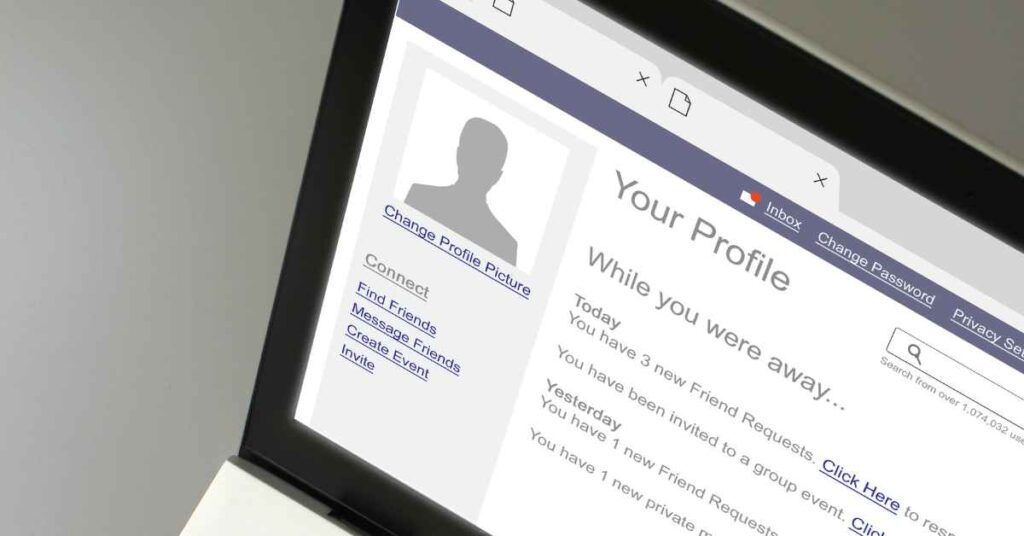Introduction
In the vast world of online connections, it’s important to be aware of the presence of fake profiles and catfishing. Catfishing refers to the act of creating a fictional persona and using it to deceive others online.
These deceptive individuals may use stolen photos, fabricate stories, and manipulate emotions to form false connections. This article aims to shed light on the signs of fake profiles, the tactics employed by catfishers, the risks associated with catfishing, and strategies for protecting yourself from falling victim to such scams.
What is Catfishing?
Catfishing involves the creation of a false identity to establish relationships and deceive unsuspecting individuals online. The term originated from a 2010 documentary called “Catfish,” where a person’s online romantic interest turned out to be entirely fabricated. Catfishers often present themselves as someone they are not, using various strategies to manipulate their victims emotionally and gain their trust.
Motivations behind Catfishing
Catfishers may have a variety of motivations, including seeking attention, validation, or revenge. Some may engage in catfishing for financial gain, while others simply enjoy the thrill of deceiving others. Regardless of the motives, the impact on victims can be significant.
Signs of a Fake Profile
Recognizing a fake profile can be challenging, as catfishers can be adept at crafting convincing personas. However, there are several red flags that can help you identify potential fake profiles:
Inconsistencies in Profile Information
Pay attention to inconsistencies in the profile information provided. Catfishers often make mistakes or overlook details that don’t align with their fabricated stories. Look for discrepancies in their age, location, education, or employment history.
Lack of Personal Photos or Authentic Content
Fake profiles may have a limited number of photos, or the photos may appear too perfect or professionally taken. Look for signs of generic or stock images that can indicate stolen photos. Additionally, the absence of authentic personal content, such as posts or interactions with others, can be a warning sign.
Unusual or Suspicious Behavior
Be cautious if someone exhibits unusual behavior, such as quickly professing love or deep connections, making excessive promises, or avoiding video calls or in-person meetings. Catfishers often avoid revealing their true identities and may use evasive tactics to maintain their deception.
Common Tactics Used by Catfishers
Catfishers employ various tactics to deceive their victims. Understanding these tactics can help you stay vigilant and protect yourself from falling victim to their schemes.
Stolen Photos and Identity Theft
Catfishers often steal photos from other individuals’ social media accounts or websites and use them as their own. They may create a fictional identity around these stolen images to appear more convincing. Conducting a reverse image search using tools like Google Images can help identify if the photos have been used elsewhere.
Fabricated Stories and Deceptive Personalities
Catfishers create elaborate backstories and fictional personalities to establish emotional connections with their targets. They may exploit sympathy, create false crises, or use other tactics to manipulate their victims’ emotions.
Emotional Manipulation and False Connections
Catfishers are skilled at emotional manipulation and prey on vulnerable individuals. They may engage in deep conversations, express unwarranted affection, and provide a listening ear to gain their victims’ trust. These false connections can be emotionally devastating when the truth is eventually revealed.
The Dangers of Catfishing
Catfishing can have severe consequences for those who fall victim to it. It goes beyond the mere act of deception and can result in significant emotional, financial, and personal harm.
Emotional and Psychological Impact
Discovering that a trusted connection was a complete fabrication can lead to feelings of betrayal, embarrassment, and emotional distress. Victims may experience depression, anxiety, and a loss of trust in future online relationships.
Financial Scams and Identity Theft
In some instances, catfishers may exploit their victims for financial gain. They may request money under false pretenses or engage in other fraudulent activities. Moreover, sharing personal information with a catfisher puts victims at risk of identity theft and further financial harm.
Online Harassment and Cyberbullying
When a catfisher’s true intentions are exposed, they may resort to online harassment or cyberbullying as a means of retaliation. This can have a detrimental impact on victims’ mental health and overall well-being.
Protecting Yourself from Catfishing
While it may be challenging to entirely eliminate the risk of encountering a catfisher, there are steps you can take to protect yourself and reduce the likelihood of becoming a victim:
Conducting Reverse Image Searches
When interacting with someone online, conduct a reverse image search using search engines or dedicated tools. This can help determine if the profile picture has been used elsewhere on the internet, potentially indicating a fake profile.
Verifying Profile Information
Verify the information provided by individuals before trusting them. Look for consistency in their stories and cross-reference details they share. Be cautious if someone is evasive or unwilling to provide verifiable information.
Exercising Caution with Personal Information
Avoid sharing sensitive personal information with individuals you’ve met online. Be cautious when sharing details such as your home address, phone number, or financial information. Restrict the information you share to protect yourself from potential harm.
Reporting and Dealing with Fake Profiles
If you encounter a fake profile or suspect someone is catfishing you, it’s important to take appropriate action:
Reporting to the Social Media Platform
Report the fake profile to the relevant social media platform. Most platforms have reporting mechanisms to address such issues. Provide as much information and evidence as possible to support your report.
Informing Friends and Contacts
If you’ve interacted with a catfisher and shared personal information with them, inform your friends and contacts about the situation. This helps prevent the catfisher from targeting others within your network.
Seeking Support and Professional Help
If you have been emotionally or financially affected by catfishing, seek support from trusted friends, family, or professionals such as therapists or counselors. They can provide guidance and assistance in navigating the aftermath of the deception.
Educating Others and Promoting Awareness
Spread awareness about catfishing and the risks associated with it. Share your experiences and cautionary tales with others to help them recognize the signs of fake profiles and avoid falling victim to catfishing scams. Provide resources and support to those who may have encountered catfishers.
Conclusion
Recognizing fake profiles and catfishing is crucial for maintaining online safety and protecting yourself from emotional, financial, and personal harm. By being aware of the signs, understanding the tactics employed by catfishers, and taking proactive measures to protect your personal information, you can navigate the online world with greater confidence and security.
FAQs (Frequently Asked Questions)
- How common is catfishing?
- Catfishing is more common than many people realize. The anonymity and accessibility of the internet make it easier for individuals to create fake profiles and engage in deceptive behavior.
- Can catfishers be prosecuted for their actions?
- In some cases, catfishing can be considered a form of identity theft or fraud, which is a punishable offense. However, the legal implications may vary depending on jurisdiction and the specific circumstances of the case.
- Can technology help in detecting fake profiles?
- Technology, such as artificial intelligence algorithms, is continually evolving to detect and flag suspicious profiles. Social media platforms employ various measures to identify and remove fake accounts, but it’s important to remain vigilant and not solely rely on technology.
- What should I do if I suspect someone is catfishing me?
- If you suspect someone is catfishing you, trust your instincts and proceed with caution. Limit your interactions, gather evidence, and report the profile to the relevant social media platform.
- Are there support groups or resources available for catfishing victims?
- Yes, there are online communities and support groups where catfishing victims can share their experiences, seek advice, and find support. Additionally, organizations and websites provide resources and information to help individuals navigate the aftermath of catfishing experiences.
Note: The recommendations provided are general guidelines, and individual circumstances may vary. It is always advisable to assess your own needs and consult with professionals for specific advice related to your situation.




